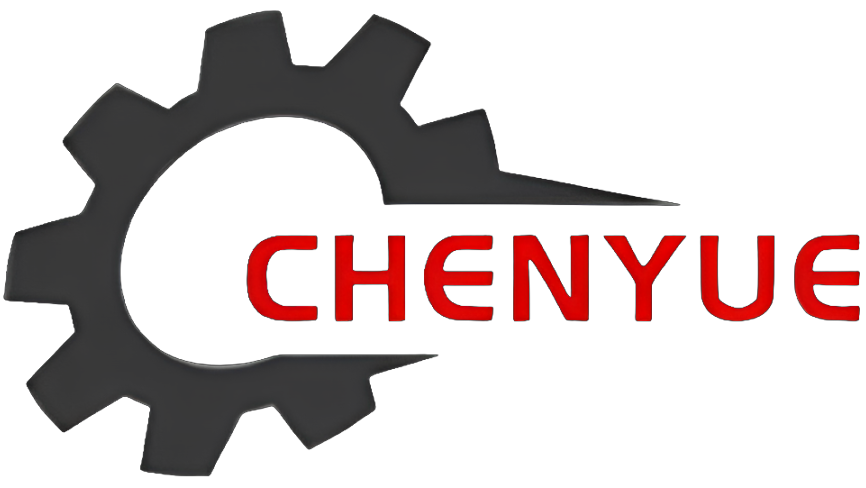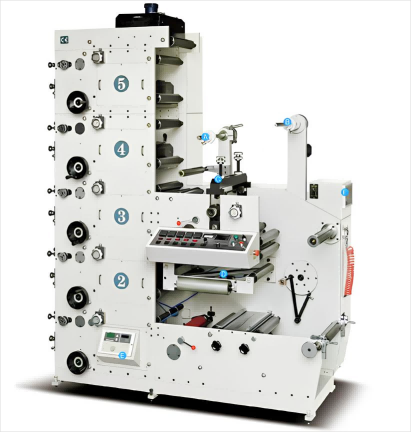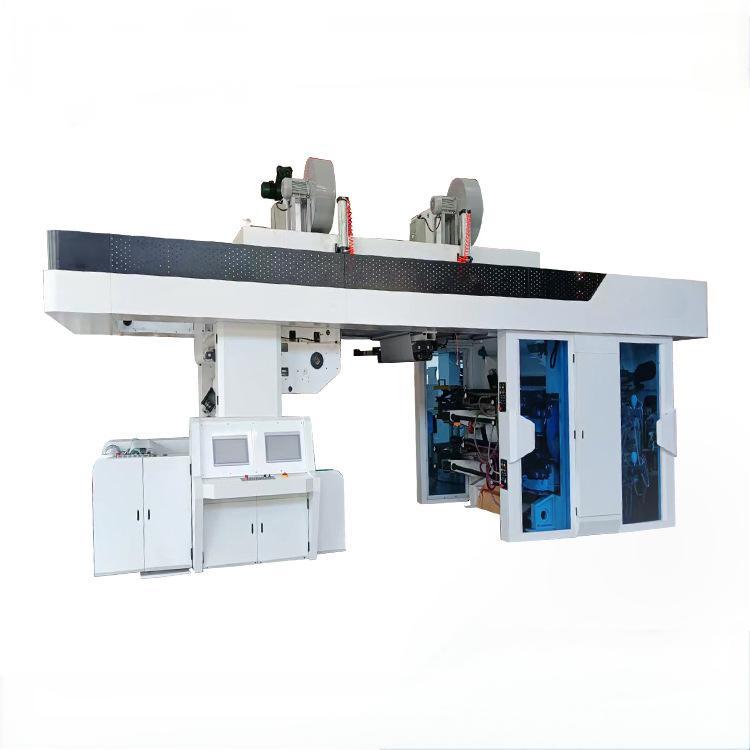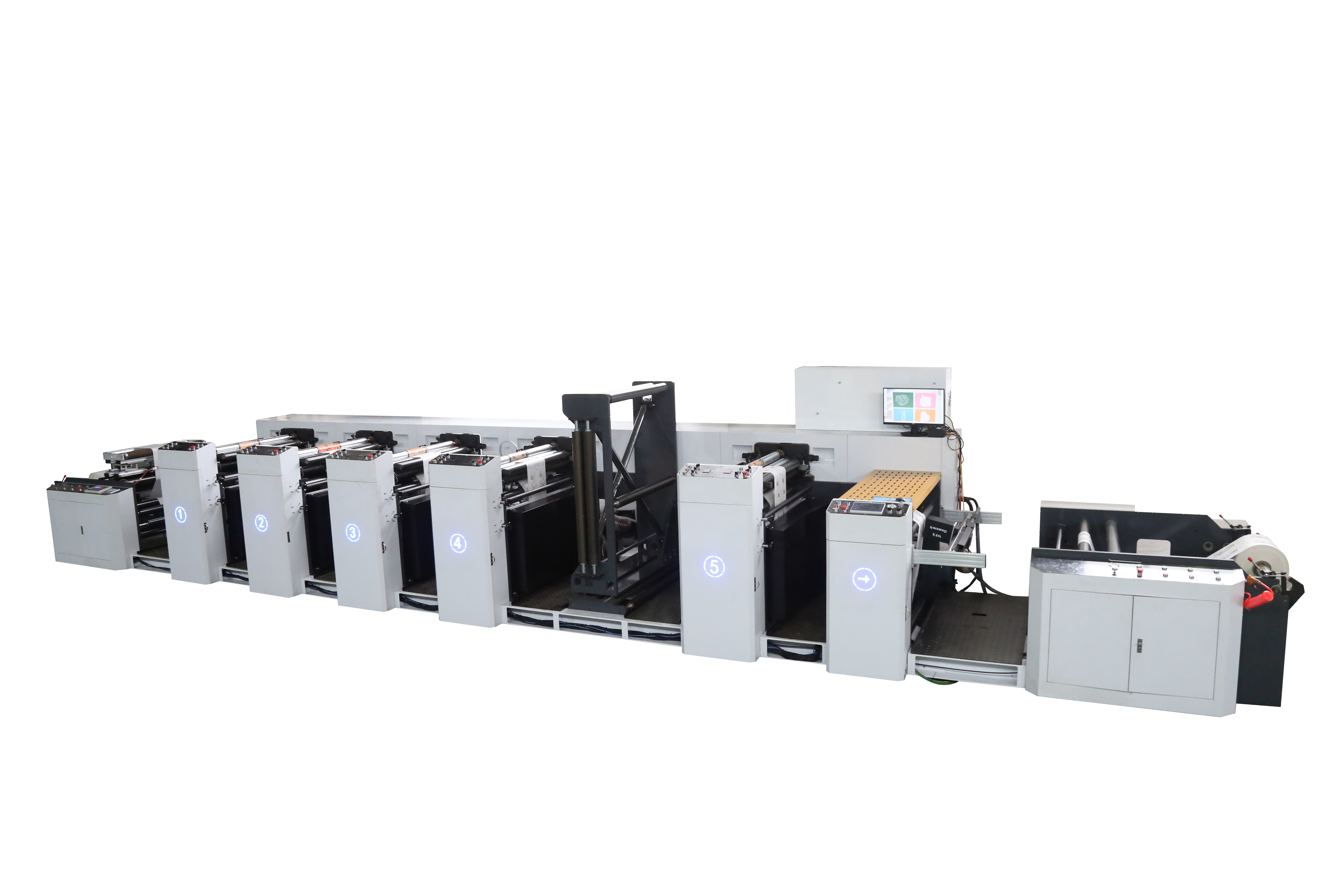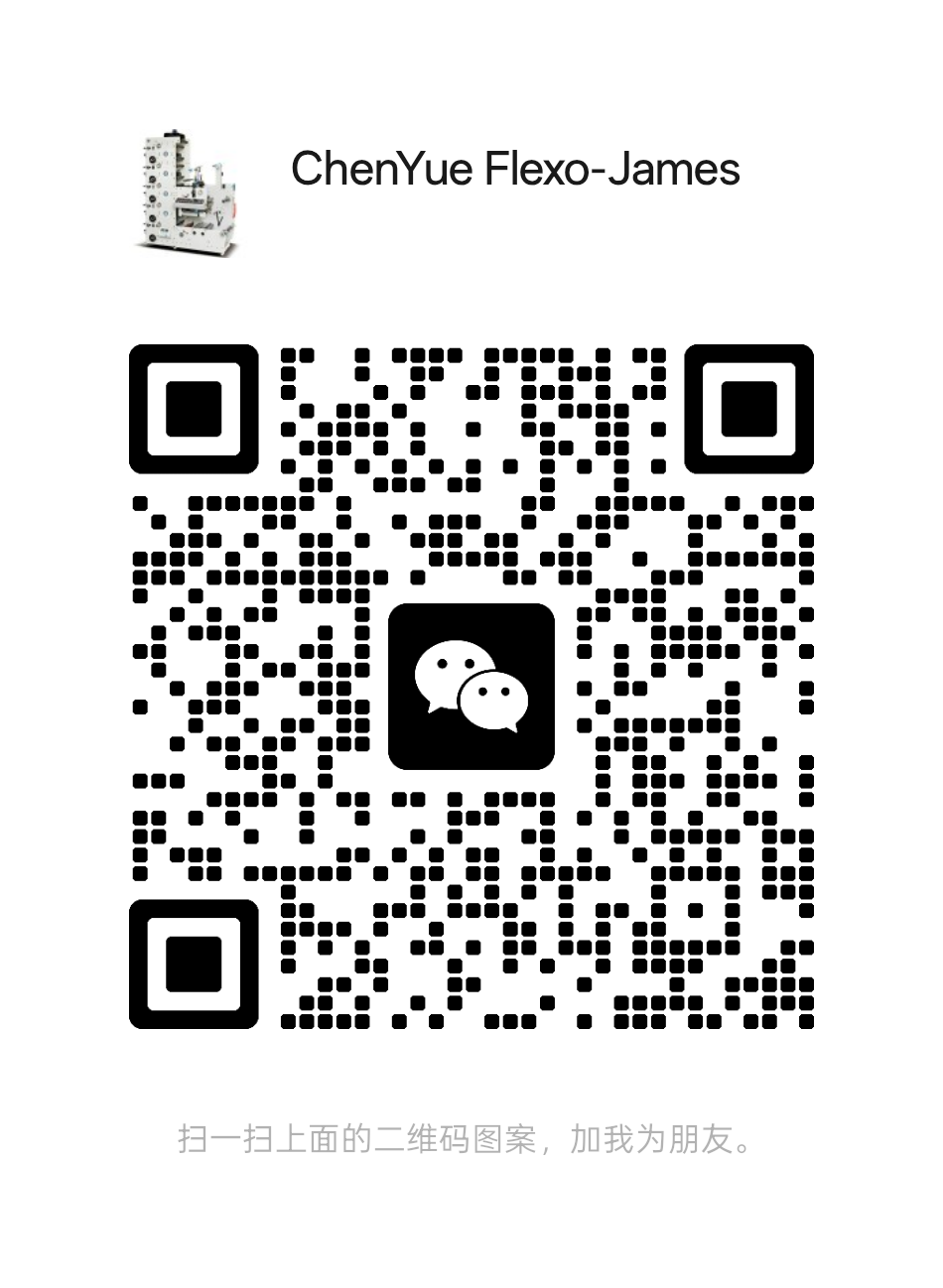Self-adhesive label is a kind of material, also called self-adhesive material. It is a composite material with paper, film or other special materials as the fabric, adhesive on the back, and silicon-coated protective paper as the base paper. Self-adhesive label It is the general name for materials with such properties. Self-adhesive labels are also called self-adhesive labels, instant stickers, instant stickers, pressure-sensitive paper, etc. They are made of paper, film or special materials as the fabric, with an adhesive on the back and a silicon-coated backing paper as the protective paper. Composite materials are made into finished labels after printing, die-cutting and other processing. When applying, you only need to peel it off from the backing paper and apply it to the surface of various substrates with a gentle press. You can also use a labeling machine to automatically label on the production line. So, what are the methods of self-adhesive label printing? What are the characteristics?
Printing method one: letterpress printing
Manufacturers use letterpress printing to print self-adhesive labels. The printing plate is a photosensitive resin letterpress plate. The printed labels have the advantage of full ink color. However, the grades of letterpress printing equipment vary greatly now, and some still use circular flattening letterpress machines. Some use ordinary rotary letterpress printing machines, and some have adopted professional slant-back, satellite or unit-type self-adhesive label printing machines, so they cannot be generalized during the transformation.
Professional self-adhesive printing machines that mainly focus on letterpress printing have the ability to print film labels, but they need to contact the supplier to replace some related components, such as adding a tension control system controlled by a servo motor, adding a film surface treatment unit, and high-end Some machines can also add precision registration systems. In addition, the UV light source power must also be adjusted appropriately.
For enterprises that use circular flat letterpress printing machines to print self-adhesive labels, if they print film labels, they can replace the photosensitive resin plate with a highly elastic flexographic plate, use water-based inks or UV inks suitable for flexographic plates, and change the properties of the ink. Adapt to substrate changes.
Printing method two: offset printing
Offset printing is the main way for label printing factories in my country to print paper self-adhesives. Offset printing is characterized by fine graphics and rich layers, which is suitable for mass printing. The printing equipment can be used for multiple purposes, which is suitable for the characteristics of the Chinese label market. However, sheet-fed offset printing is not suitable for printing films with no absorbent surface, because film labels are mostly roll-to-roll printing and require volatile drying ink. Offset printing can print thicker plastic materials, such as in-mold labels and labels and tags, but the machine must be equipped with a UV curing device, which requires a considerable expense.
Printing method three: flexo printing
At present, the quality of flexographic printing is no less than that of offset printing, and even has its own unique features. The advantages of this printing process are simple machine structure and low cost. The printing quality is comparable to offset printing and gravure printing, and has the advantage of thicker ink layer than offset printing products. Flexo printing uses water-based ink and UV ink, which does not pollute the environment.
However, due to the greater elasticity of the flexographic plate, the tone reproducibility is different from that of gravure and ordinary letterpress. The dots from highlights to mid-tones in flexographic printing are larger, the printing contrast is small, and the highlight level is prone to faults. When printing fine graphics and text, When labeling, in order to make up for the layer defects, FM dots can be used in the highlights, and AM screening can be used in the dark or middle to improve the quality. Label printing plants that do not have a flexo printing machine can introduce a laminated narrow-width flexographic printing machine dedicated to self-adhesive label printing. This printing machine is suitable for film label printing. Since flexographic printing machines all use circular die-cutting, the die-cutting roller is expensive and the production cycle is long. It is only suitable for long-run jobs and is not suitable for the large demand for short-run jobs on domestic self-adhesive labels. But it is an easy-to-transform label printing equipment that can work online with the film slitting, sewing, and sealing processes.
Printing method four: gravure printing
Gravure printing uses a short ink path ink delivery system to supply ink, web printing, and a high degree of automation. It uses solvent-based ink and the ink layer dries quickly, making it the first choice for film printing. Generally, gravure printing machines have higher speeds. Many gravure printing machines are also equipped with a roller die-cutting device at the back end, which can perform die-cutting and creasing, and is suitable for printing various labels. However, due to the long plate-making cycle and expensive plate-making costs, gravure is only suitable for large-volume label production.
Printing method five: screen printing
Screen printing is the printing method with the widest adaptability to substrates. Currently, many screen-printing factories use low-cost screen-printing equipment to undertake the printing business of self-adhesive labels and film labels.
